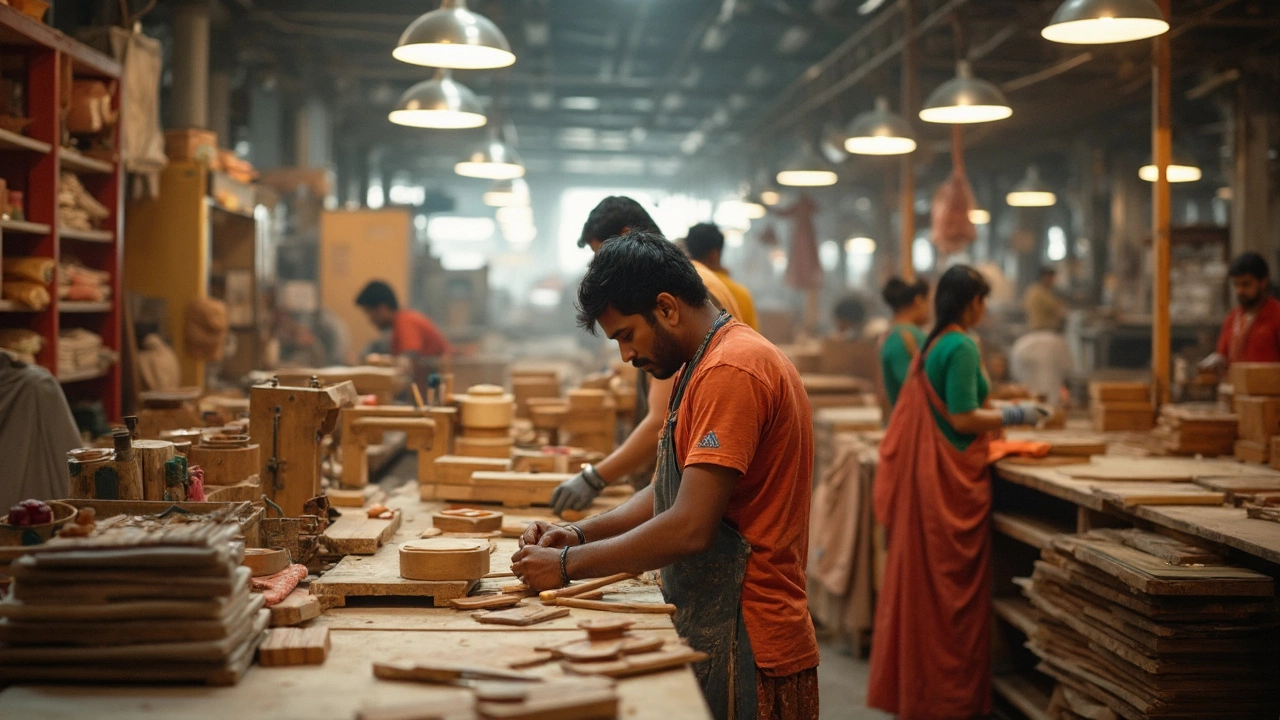IKEA in India: What’s Driving the Furniture Giant’s Boom
When you hear the name IKEA, you probably picture flat‑pack tables and Swedish meatballs. But in India, the brand is turning into a major player in the furniture scene. Why? A growing middle class, rapid urbanisation and a strong push to work with local suppliers are opening doors for IKEA to set up stores, factories and design hubs across the country.
Why India matters to IKEA
India’s consumer base is now big enough to support a full‑scale IKEA operation. The nation has over 300 million people with disposable income rising faster than in many other Asian markets. Urban areas like Delhi, Mumbai and Bangalore are seeing a surge in first‑time home buyers who want stylish yet affordable furniture. IKEA’s price‑point matches that demand, and its flat‑pack model keeps shipping costs low.
Another factor is the government’s Made in India push. Recent policies encourage foreign brands to source a percentage of their products locally. For IKEA, that means partnering with Indian manufacturers, setting up its own production lines, and creating jobs. The result is a supply chain that’s quicker, cheaper and more adaptable to local tastes.
How IKEA is changing the local supply chain
Instead of importing everything, IKEA is investing in Indian wood processing, textile printing and metal fabrication facilities. These plants not only feed IKEA stores but also supply other retailers, raising overall industry standards. Small and medium‑size Indian factories that meet IKEA’s quality criteria get steady orders, which helps them upgrade equipment and adopt better practices.
The brand also runs training programs for craftsmen and designers. By teaching modern production techniques, IKEA helps local artisans improve efficiency while preserving traditional skills. The ripple effect is a more competitive furniture market where even local brands can offer better designs at lower prices.
Consumers benefit too. With more locally made IKEA products, shoppers see lower prices and quicker delivery times. The company’s sustainability goals push Indian suppliers toward greener processes, like using certified wood and reducing waste. That aligns with a growing eco‑aware audience who wants stylish homes without a heavy environmental footprint.
Overall, IKEA’s Indian strategy is a mix of market‑driven expansion and partnership‑focused manufacturing. It shows how a global brand can adapt to a local environment, creating growth for both itself and the domestic industry. If you’re interested in the future of furniture in India, keep an eye on IKEA’s next store openings, new product lines and the local suppliers it brings into the fold.

Who Manufactures Furniture for IKEA: A Peek into Indian Makers
IKEA, the global furniture giant, sources its products from a diverse network of manufacturers worldwide, including a significant portion from India. Indian factories are key suppliers for IKEA, creating a range of items from textiles to solid wood pieces. This article explores the Indian manufacturers behind IKEA's popular furniture lines, uncovering their contribution to the brand's success and what makes India a crucial partner. Knowing more about these producers offers insights into the quality and craftsmanship that define IKEA's products.
